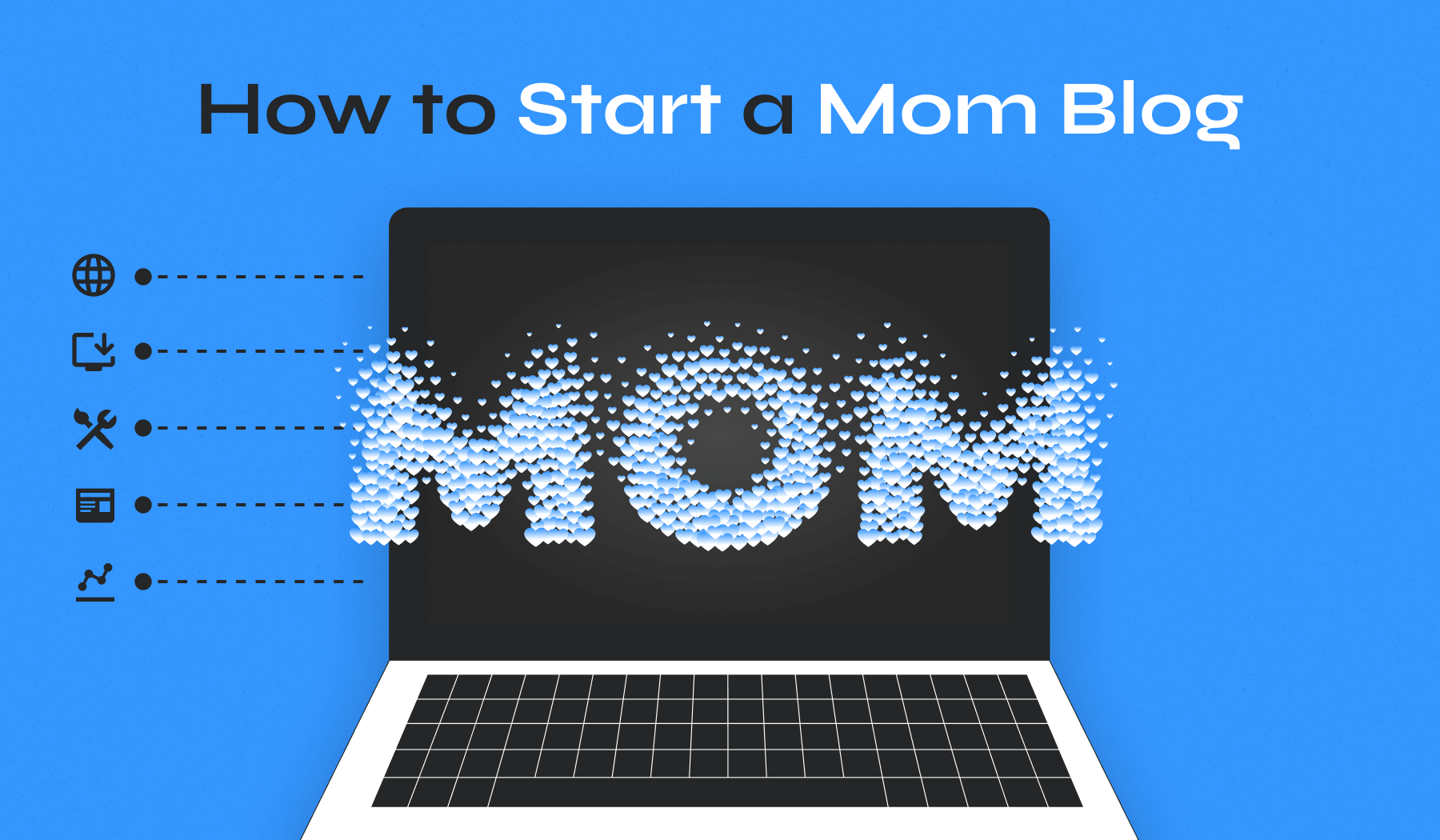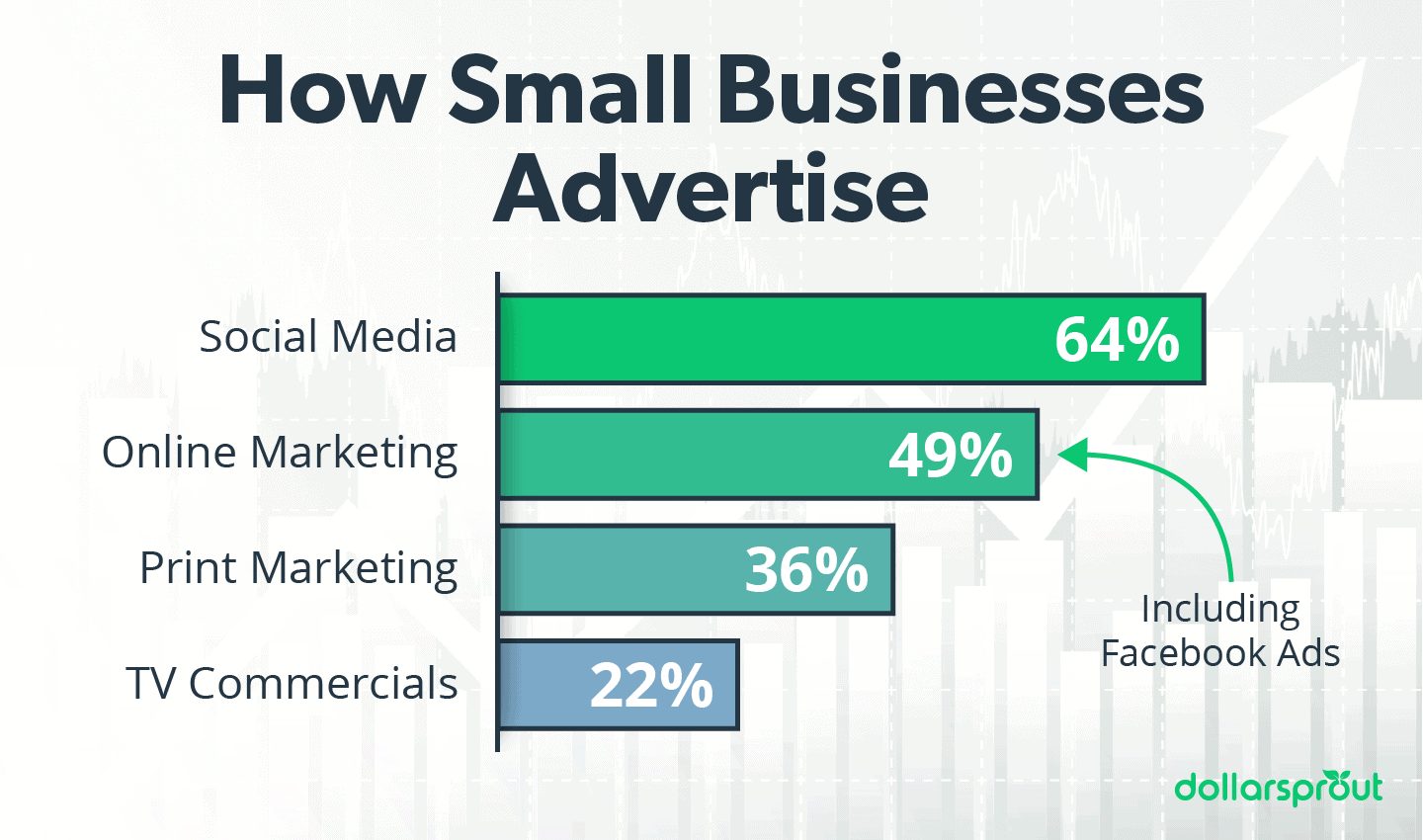Starting a technology blog can be exciting and rewarding. It allows you to share knowledge and connect with others.
A technology blog can transform your passion for tech into a meaningful project. Whether you are a tech enthusiast or an expert, blogging offers a platform to express ideas and insights. You can write about the latest gadgets, software reviews, or tech trends.
This helps you build an audience and establish your voice in the tech community. Additionally, blogging sharpens your writing skills and boosts your online presence. With dedication and a clear focus, your technology blog can thrive. Ready to dive into the tech blogging world? Let’s explore how to get started.
Choosing A Niche
Choosing a niche is one of the most crucial steps in starting a technology blog. This decision sets the foundation for your content strategy and audience engagement. By focusing on a specific area, you can establish yourself as an authority and attract a dedicated reader base.
Identify Your Interests
Begin by identifying your interests within the technology field. Are you passionate about gadgets, software development, or cybersecurity? Reflect on what topics excite you the most.
Consider your personal experiences. If you have a background in IT, you might enjoy writing about troubleshooting tips or the latest tech innovations. Your enthusiasm will shine through your writing and keep you motivated.
Ask yourself: What technology topics do I enjoy reading about? Your genuine interest will resonate with readers and make your blog more engaging.
Research Popular Topics
Once you’ve pinpointed your interests, research popular topics within those areas. Use tools like Google Trends, BuzzSumo, and social media platforms to see what people are talking about.
Look at successful technology blogs. What topics are they covering? Identify gaps where you can provide unique insights or a fresh perspective.
Join online forums and tech communities. Engage in discussions to understand what questions and issues are common. This will help you create content that addresses real needs.
What are some trending topics in your chosen niche? Keeping an eye on trends ensures your content remains relevant and timely.
By choosing a niche that aligns with your interests and has an active audience, you can create a technology blog that is both enjoyable to write and valuable to readers. Ready to start your tech blogging journey? Define your niche and dive in!
Understanding The Audience
Starting a technology blog requires knowing your audience well. This understanding shapes your content and style. It helps in creating engaging and useful posts. Knowing your readers can boost your blog’s success.
Define Your Target Reader
Identify who you want to reach with your blog. Are they tech enthusiasts or beginners? Knowing your target reader helps tailor your content. It ensures you provide relevant information that attracts and retains readers.
Consider factors like age, interests, and tech familiarity. This helps in creating posts that resonate with them. Tailor your language and topics to fit their needs.
Analyze Reader Preferences
Understand what your readers want to see. Do they prefer tutorials, reviews, or news? Analyze popular topics and formats in tech blogging. This insight guides your content strategy.
Engage with your audience through comments and feedback. It helps in understanding their preferences better. This interaction can lead to a more successful blog.
Setting Up Your Blog
Starting a technology blog involves choosing a niche, selecting a platform, and crafting engaging content. Begin by researching trending tech topics and creating a content plan. Consistently update your blog to attract readers and improve search engine visibility.
Setting up your blog is the first crucial step in your journey to becoming a successful technology blogger. This phase involves several key decisions and actions that lay the foundation for your blog. Let’s dive into the essential steps you need to take.Select A Blogging Platform
Choosing the right blogging platform is vital. It determines how easily you can manage your content and how your blog will look. Popular options include WordPress, Blogger, and Medium. WordPress is highly recommended due to its flexibility and vast array of plugins. If you prefer something simpler, Blogger is user-friendly and integrates seamlessly with Google services. Medium is great if you want to focus solely on writing without the technical hassle. Think about what you need. Do you want customization options? Or are you looking for simplicity? Your choice will impact your blogging experience.Register A Domain Name
Your domain name is your blog’s address on the web. It should be unique, easy to remember, and relevant to your blog’s content. You can use services like GoDaddy or Namecheap to register your domain. Check if your chosen name is available and then secure it. A good domain name can make a significant difference. It helps in branding and makes your blog appear more professional. Avoid complicated or lengthy names. Short and catchy works best. Have you ever struggled to remember a long website name? Keep that in mind while choosing yours. Starting a technology blog can be exciting yet overwhelming. Take these initial steps seriously to ensure a strong start. Your future self will thank you.
Credit: www.wpzoom.com
Designing The Blog
Starting a technology blog involves designing a user-friendly layout. Focus on clean design and easy navigation for readers. Simple and clear structure keeps the audience engaged.
Designing your technology blog is where creativity meets functionality. It’s not just about making your blog look good; it’s about creating an experience that keeps readers coming back. A well-designed blog can set the tone for your content and establish your brand identity. It can also make navigation intuitive and enjoyable. Let’s dive into how you can design a blog that stands out and speaks to your audience. ###Choose A Theme
Choosing the right theme is like picking the perfect outfit for your blog. It should reflect your style and the essence of your content. A good theme should be clean and responsive, ensuring it looks great on all devices. Consider your audience’s preferences. Are they tech-savvy individuals who appreciate minimalism? Or do they prefer a more vibrant and dynamic design? Popular platforms like WordPress and Blogger offer a plethora of themes tailored for tech blogs. Spend some time exploring them and think about what resonates with your vision. ###Customize Layout And Features
Customizing your blog’s layout is where you can really make it your own. Think about the user journey. What do you want them to see first? A clean, easy-to-navigate layout can make a big difference. Utilize widgets and plugins to enhance functionality. Add features like a search bar, social media buttons, and a newsletter sign-up form. These small additions can significantly boost user engagement. Reflect on your own experiences as a blog reader. What features do you find helpful? What frustrates you? Use these insights to refine your blog’s design. Designing your blog is a journey of experimentation and learning. What design elements have you found effective? Share your thoughts and let’s create a community of tech bloggers who inspire each other.Creating Quality Content
Starting a technology blog involves creating quality content that engages readers. Focus on topics like gadget reviews, tech news, or coding tips. Make each post informative and easy to understand, ensuring it appeals to both tech enthusiasts and beginners. Consistency and clarity are key to building a loyal audience.
Creating quality content is the heartbeat of any successful technology blog. It’s what attracts readers, keeps them coming back, and builds your reputation as a credible source. Quality content doesn’t just inform; it engages, inspires, and sparks conversations. You might wonder, “How can I make my posts stand out in the sea of tech blogs?” Let’s break it down.Plan Content Strategy
Start by defining what you want your blog to achieve. Are you aiming to educate, entertain, or provide the latest tech news? Create a content calendar. This helps you organize your ideas and ensures consistent posting. Consider your audience’s interests. What are they curious about? Use this as a guide to plan your topics.Write Engaging Posts
Grab attention with a compelling headline. It’s the first thing readers see. Keep your writing clear and concise. Tech jargon can alienate readers; simplicity wins the day. Add your personal touch. Share experiences or opinions that relate to the topic. This builds a connection with your readers. Include visuals like images or infographics. They make complex information digestible and engaging. End with a question or call to action. Encourage readers to comment or share their thoughts. Creating quality content is a journey, not a destination. What will you do differently to make your tech blog shine?Promoting Your Blog
Starting a technology blog involves selecting a niche, creating quality content, and engaging with your audience regularly. Promote your blog using social media, SEO techniques, and by collaborating with other bloggers.
Promoting Your Blog So, you’ve started a technology blog. You’re excited and ready to share your insights with the world. But how do you get readers to find you? Promoting your blog is crucial to attracting an audience and growing your influence. It’s not just about writing great content—it’s also about being proactive in spreading the word. Let’s dive into practical strategies that can make your blog stand out.Use Social Media
Social media platforms are powerful tools for blog promotion. They allow you to reach a wide audience instantly. Start by creating profiles on platforms where your target audience hangs out. Whether it’s Twitter, LinkedIn, or Instagram, each offers unique opportunities for engagement. Share your blog posts with catchy headlines and visuals. Consistent posting keeps your audience engaged and eager for more content. Consider creating short video clips or infographics related to your blog topics. These can increase your reach and make your posts more shareable. Have you ever found a tech tip on Twitter that saved your day? Imagine being that source for someone else. Use hashtags relevant to your niche to make your posts discoverable. Engage with trending conversations to get noticed by new followers.Engage With Online Communities
Online communities are treasure troves for tech enthusiasts. Platforms like Reddit, Quora, and tech forums offer spaces where you can share your expertise. Start by identifying communities that align with your blog’s focus. Participate actively in discussions, offering genuine advice and insights. Answer questions and share your blog links when relevant. This builds your reputation as an authority and drives traffic to your site. Think about the last time you stumbled upon a brilliant solution in a forum. You can be that go-to person for tech queries. Remember, it’s about adding value, not just promoting. Respect the community rules and be authentic in your interactions. — Promoting your blog is an ongoing process. The more you engage, the more you learn about what resonates with your audience. Are you ready to take your tech blog to new heights?Monetizing The Blog
Starting a technology blog opens the door to many opportunities. One of the exciting aspects is monetizing your blog. Turning your passion for tech into profit is not only rewarding but also sustainable. There are several methods to earn money through your blog. Let’s explore two effective strategies.
Explore Advertising Options
Advertising is a common way to earn from a blog. Display ads can bring revenue based on clicks or impressions. Google AdSense is a popular choice among bloggers. It automatically places ads relevant to your content. You earn when visitors click on these ads. Consider banner ads as well. Directly negotiate with tech companies for ad placements. Ensure ads are not intrusive. They should blend seamlessly with your content.
Consider Affiliate Marketing
Affiliate marketing offers another income stream. Promote tech products and earn a commission. Sign up for affiliate programs like Amazon Associates. Share product links within your blog posts. Review gadgets or software and include affiliate links. Readers purchase through your link. You receive a percentage of the sale. Choose products relevant to your audience. Authenticity is key. Recommend products you trust and use yourself. This builds credibility with your readers.

Credit: www.wpzoom.com
Analyzing Blog Performance
Analyzing blog performance is crucial for a technology blog’s success. It helps you understand what works and what doesn’t. By analyzing data, you can enhance your content. This leads to better reader engagement and increased traffic.
Track Traffic And Engagement
Use analytics tools to track your blog’s traffic. Google Analytics is popular and free. It shows how many visitors your blog gets. You can see which posts are popular. Check how long visitors stay on your site. Engagement metrics help too. Look at comments and shares. These show if readers find your content useful.
Adjust Strategies Based On Data
Data gives you insights to improve your blog. If a post has low traffic, analyze why. Maybe the topic isn’t interesting. Try different headlines or keywords. Look at high-performing posts. Understand what makes them successful. Use that information to guide future content. Updating old posts can also help. Add new information and improve SEO.

Credit: mycodelesswebsite.com
Frequently Asked Questions
How Do I Start My Own Tech Blog?
Choose a niche, register a domain, and set up a blog on WordPress. Write and publish quality content regularly. Promote your blog on social media and engage with your audience.
Do Tech Blogs Make Money?
Yes, tech blogs can make money. Bloggers earn through ads, affiliate marketing, sponsored posts, and product reviews. Building a strong audience and producing quality content enhances income potential.
How Long Should A Tech Blog Be?
A tech blog should ideally be 1,000 to 2,000 words long. This length balances detailed information with reader engagement. Aim for concise, valuable content that answers reader questions effectively. Long-form content often ranks better in search engines, enhancing SEO performance and reader satisfaction.
Can I Start A Blog With No Money?
Yes, you can start a blog for free using platforms like WordPress. com, Blogger, or Medium. These sites offer free hosting and easy setup. Choose a free theme, start writing, and promote your blog on social media to gain readers.
Investing money later can enhance features and marketing.
Conclusion
Starting a technology blog can be exciting. Keep your focus clear. Choose topics you love. Write regularly to build an audience. Use simple language. Share your ideas openly. Engage with readers for growth. Learn from feedback. Stay updated on tech trends.
Experiment with new formats. Enjoy the process of writing. A blog is your voice in the tech world. Connect with others and share knowledge. Your blog can grow over time. Consistent effort is key. Remember, the journey matters most. Keep exploring and learning every day.
Your tech blog awaits your unique touch.






